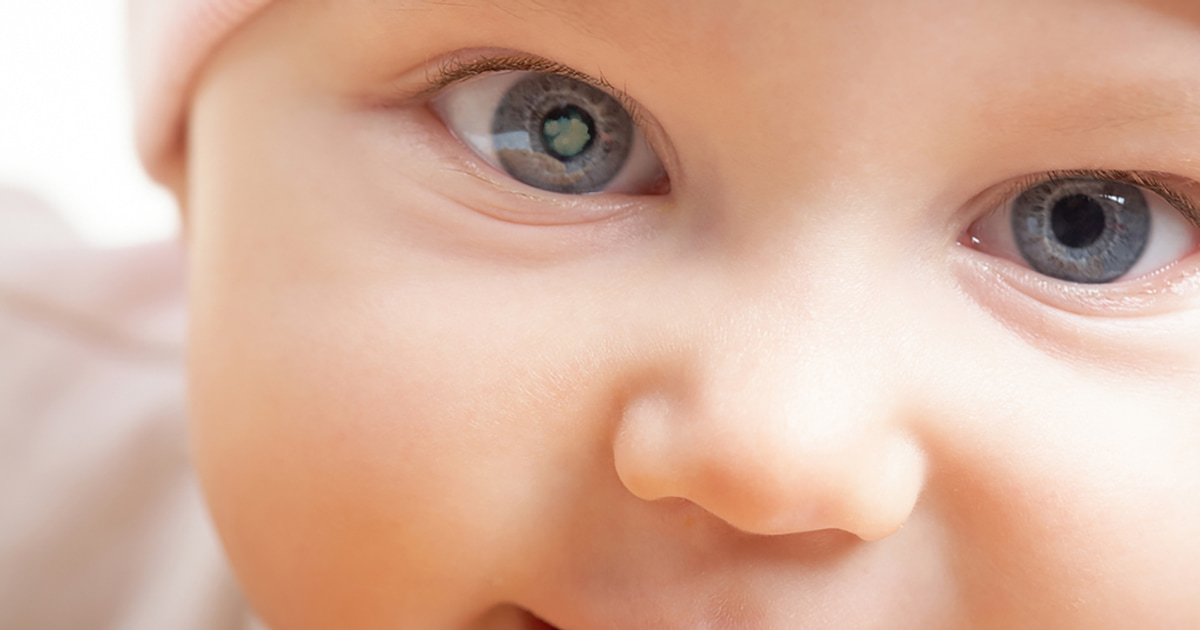
What Is Paediatric Cataract? Causes, Risks & Management
This week’s blog on Paediatric Cataract has been contributed by Dr Syed M. Asad Ali, Consultant Paediatric Ophthalmologist, Strabismus and Cataract Surgery
What is Cataract?
Cloudiness or opacity in the natural crystalline lens of the eye is called cataract. It is also called ‘white water’ or ‘white pearl’ because of its white appearance. Cataract is very common in people over the age of 50 but – contrary to common belief – it can happen at any age. When a child is born with a Cataract it’s called Congenital Cataract and it affects the vision by preventing all the light reaching the retina at the back of the eye.
Causes of Cataract in the young
Cataract can occur in one eye (unilateral) or both eyes (bilateral). In Western countries, the incidence of Cataract affecting childhood vision is about 3-4 cases in 10,000 live births. The incidence is higher in Asia.
Bilateral Cataracts can be caused by genetic mutations; over 15 gene defects have now been discovered. There are also systemic associations with metabolic disorders such as galactosemia, Wilson disease and diabetes. It has been noticed in people with Trisomy 21 (down syndrome) as well. If a mother acquires an infection such as rubella, herpes, toxoplasmosis or syphilis, this can cause Cataracts at birth.
Unilateral Cataracts are sometimes associated with other eye diseases like small eye, abnormal front of the eye (anterior segment dysgenesis), inflammation, vitreous and retinal diseases.
Any significant trauma (impact with a sharp or blunt object) to the eye can cause Cataract.
Presentation
At a very early age, parents may notice a white area at the centre of the pupil or an abnormal reflection in the pupil. Some children develop squint due to lazy eye caused by Unilateral Cataract. Children are sometimes brought to the ophthalmologist after failing a school eye test. In the case of Unilateral Cataract, even older children may not realise that they are only seeing with one eye, as they are able to manage well.
Treatment
Treatment of Cataracts depends on a number of factors like age at diagnosis, presence of Unilateral or Bilateral, mild or dense cataract and the presence of lazy eye. Dense Bilateral Cataracts at birth are operated on at around 6-8 weeks of age because early surgery can pose a high risk of Glaucoma (blue water) and delaying surgery beyond 3 months of age can limit the vision improvement, due to the development of lazy eyes. Unilateral Dense Cataract at birth has a poor visual prognosis because of the early development of lazy eye.
Mild Cataracts do occur but significant Cataract treatment involves surgery and the removal of the Cataract. In children under 3-4 years of age, Cataract removal also removes the part of front jelly (vitreous) of the eye.
An intraocular lens (IOL) is usually implanted in children above 1 year of age but this can be done earlier in unilateral cases. The power of the IOL selected also allows for the growth of the eye.
After surgery care is very important and may involve regular eye drops for 4-6 weeks after surgery, regular wearing of glasses, contact lenses and patching (covering the one eye with better vision) for the prescribed number of hours. This requires a lot of support and involvement of the parents
In these cases, early diagnosis and prompt treatment can save children from lifelong sight impairment.
It is important for all children to have regular eye check-ups.